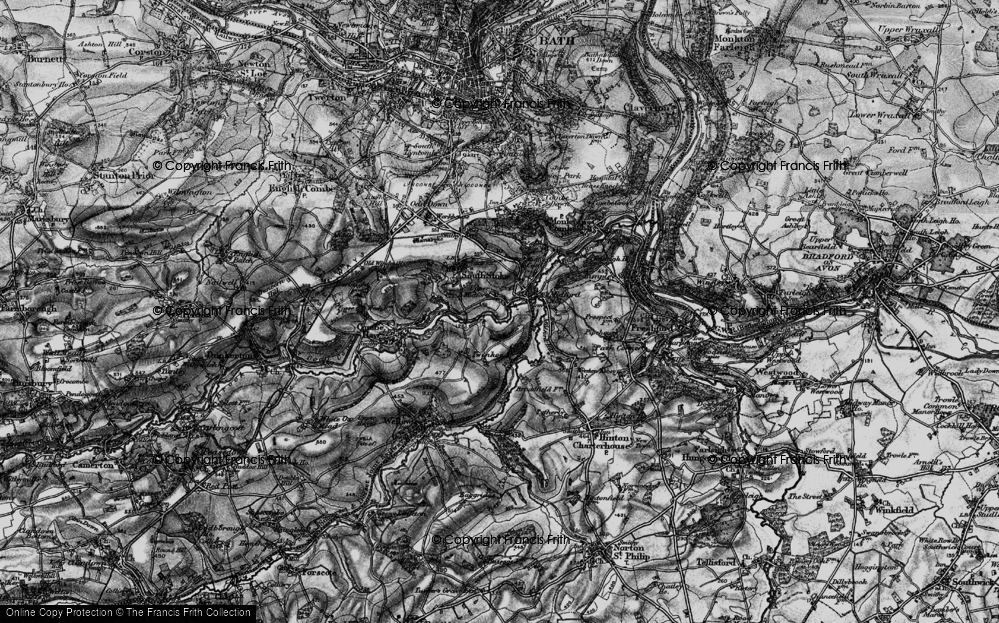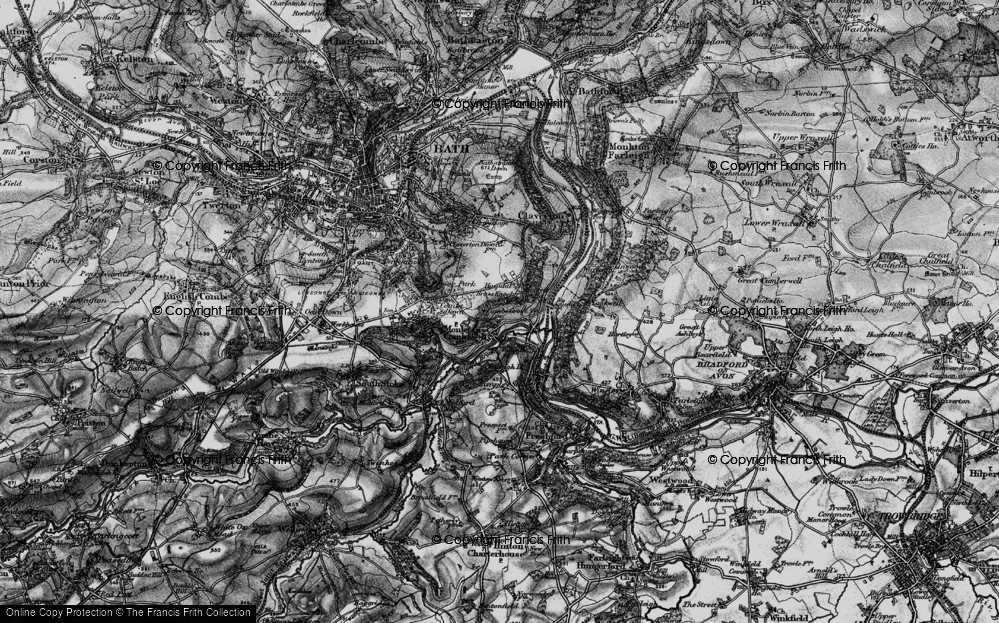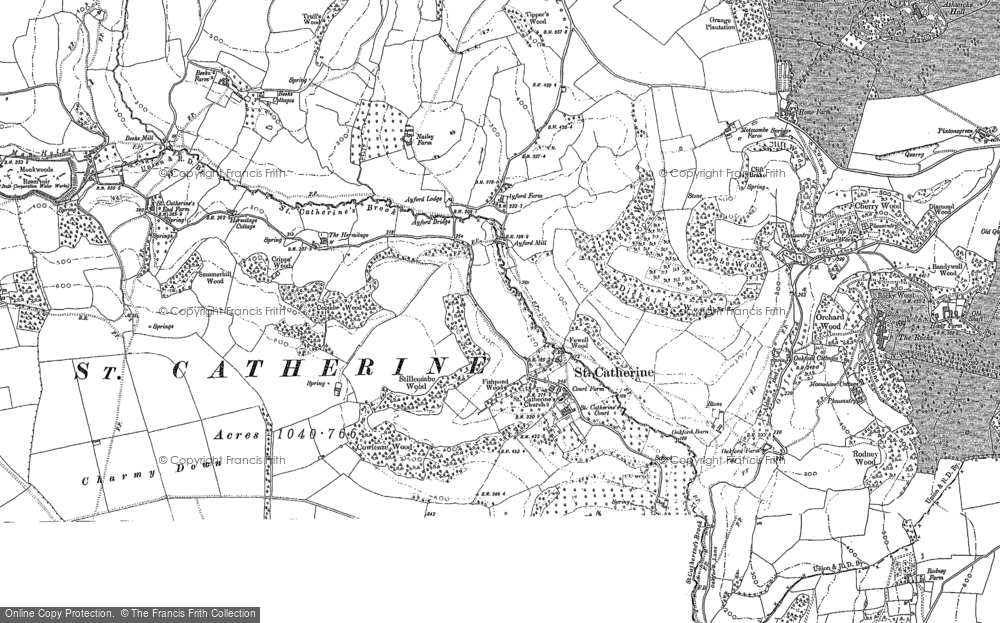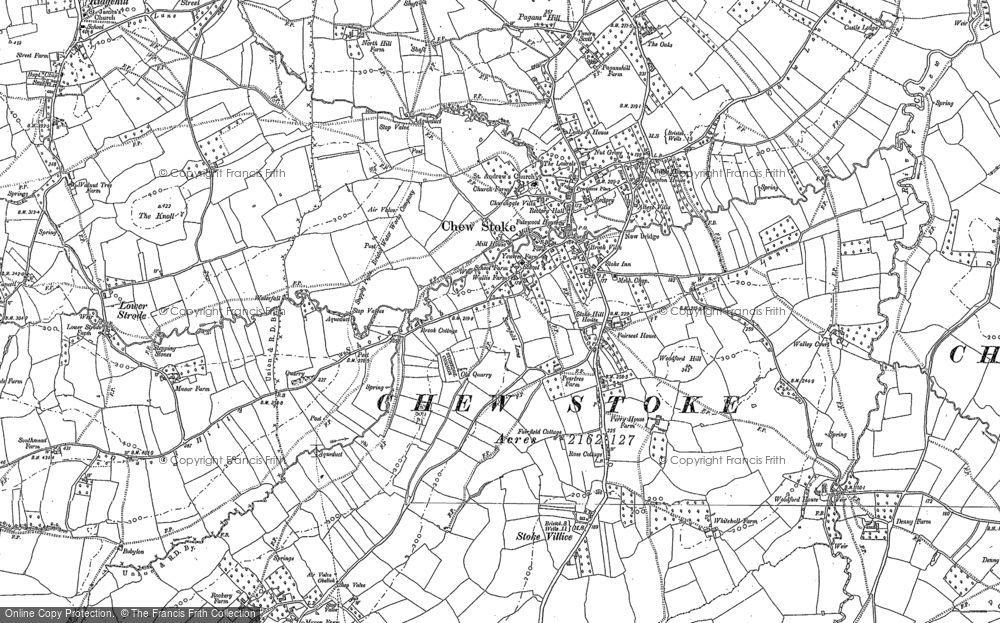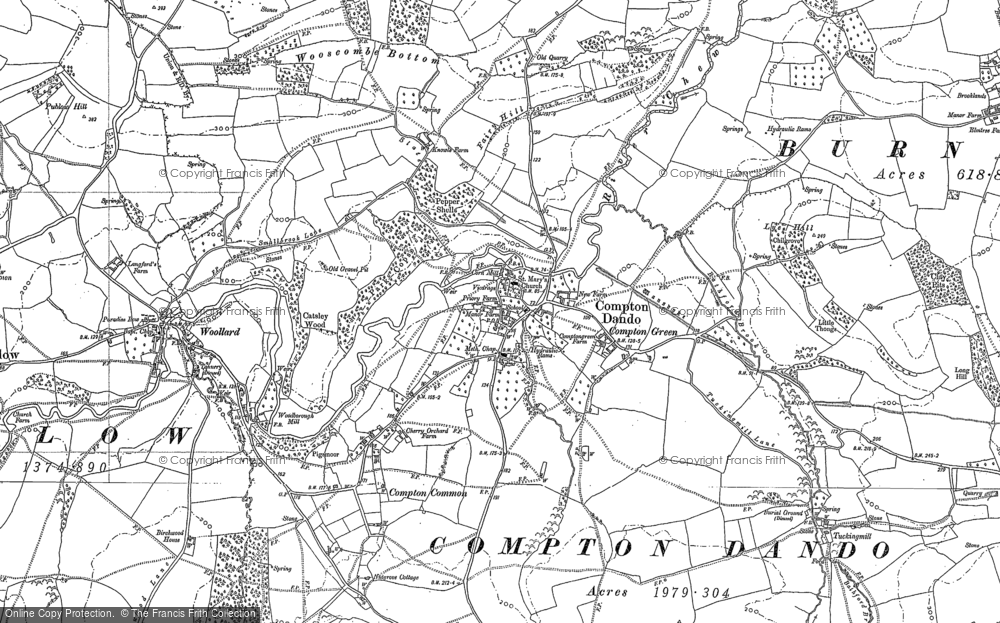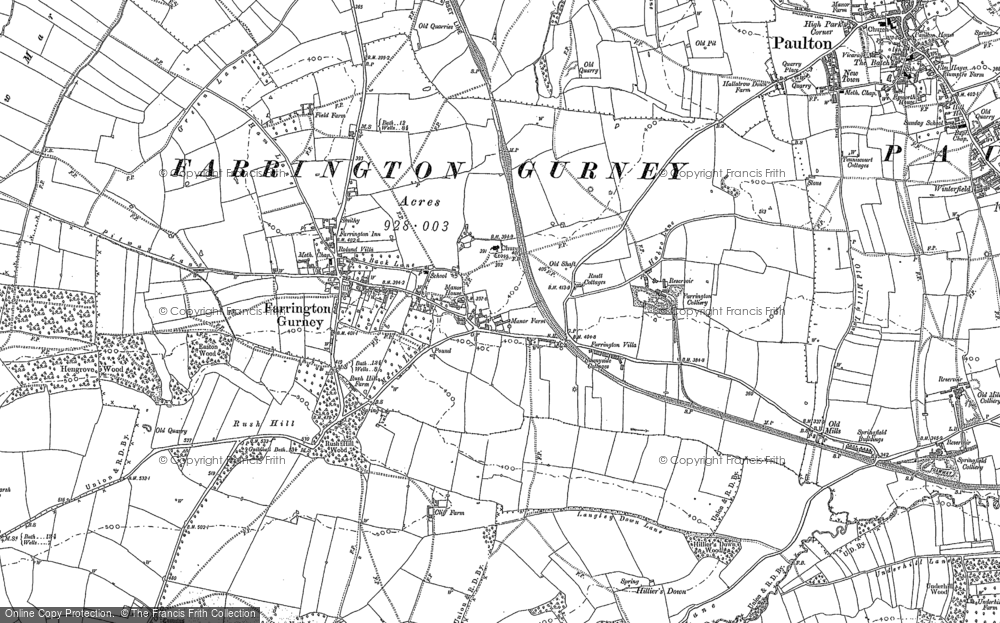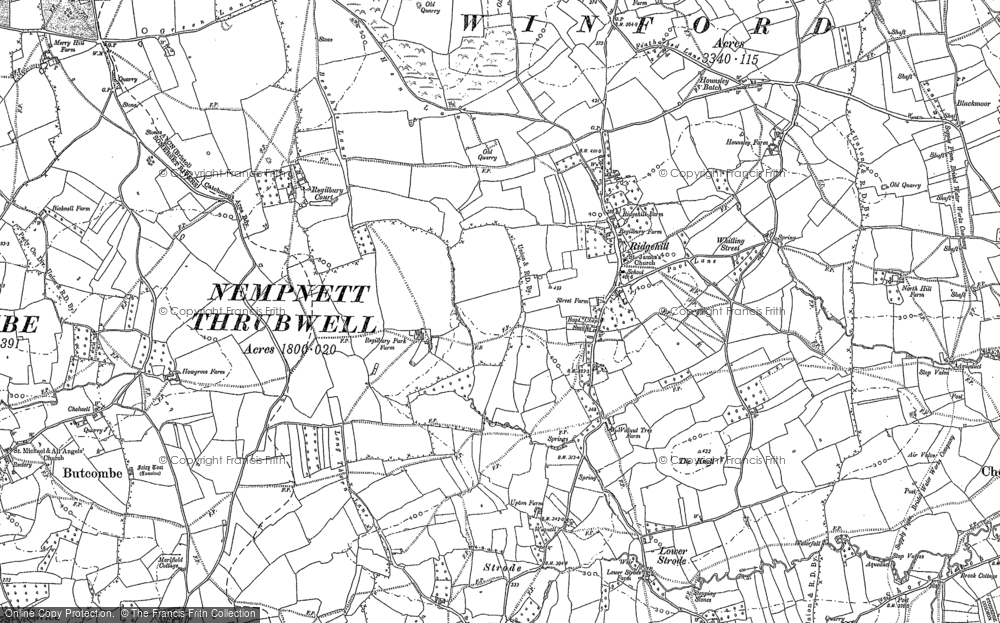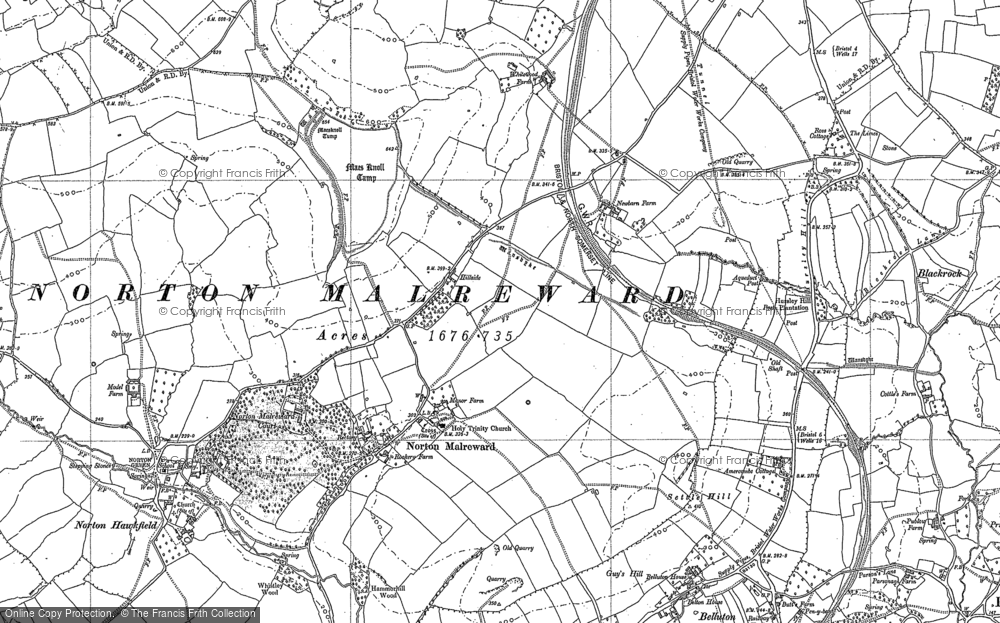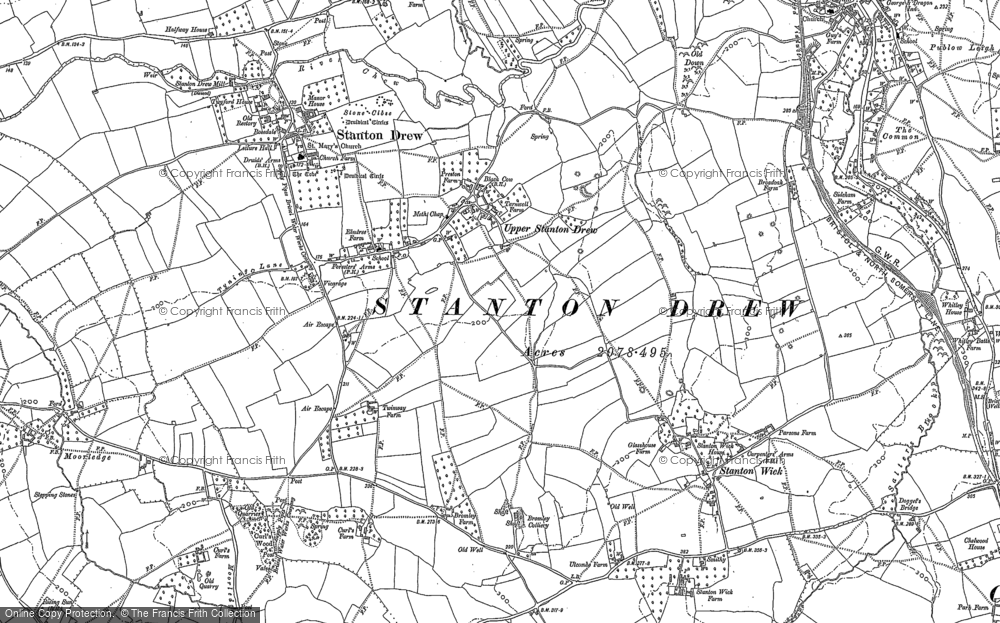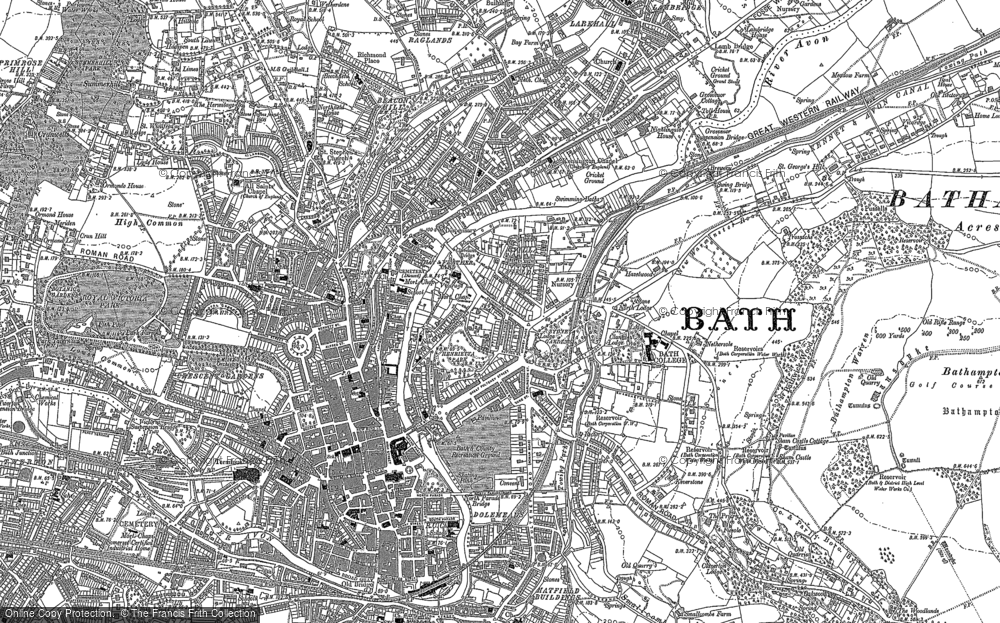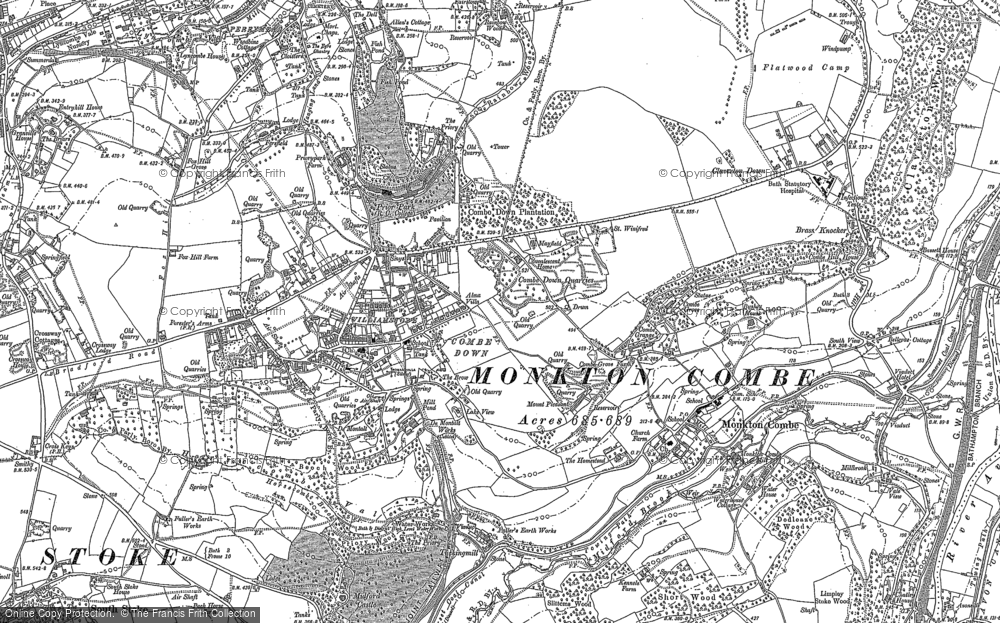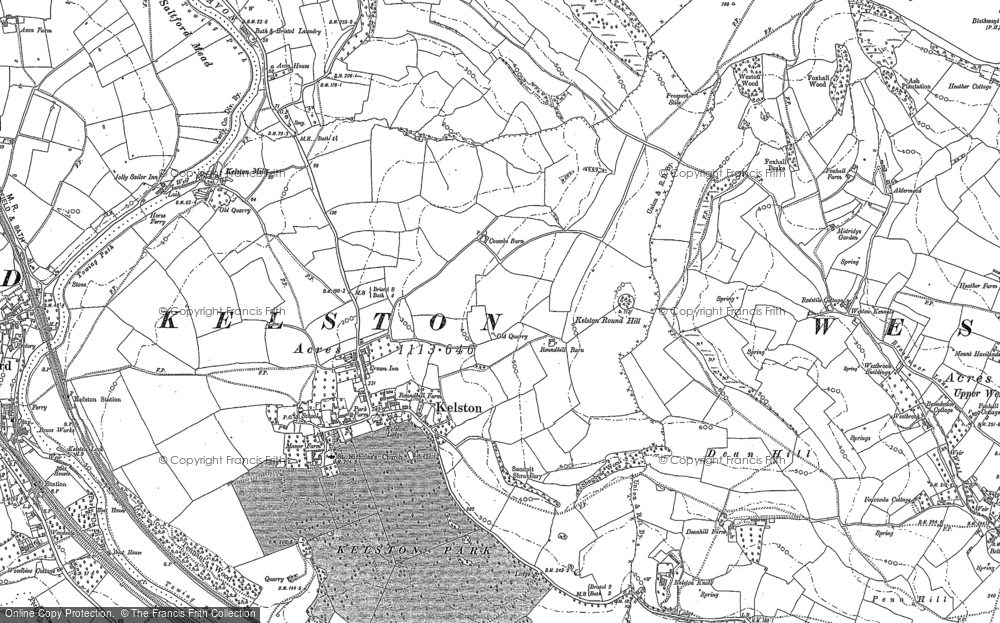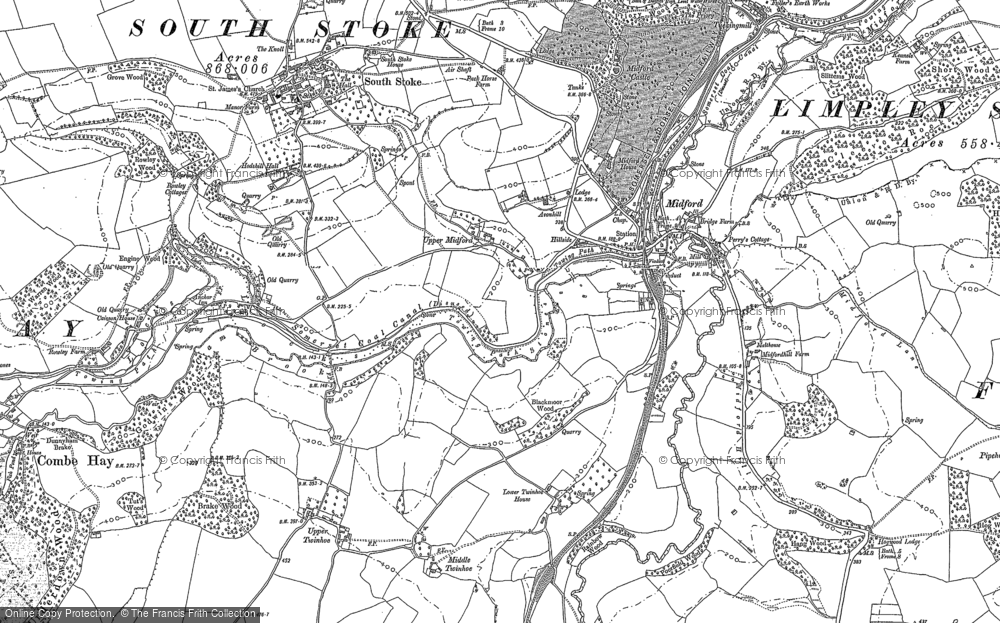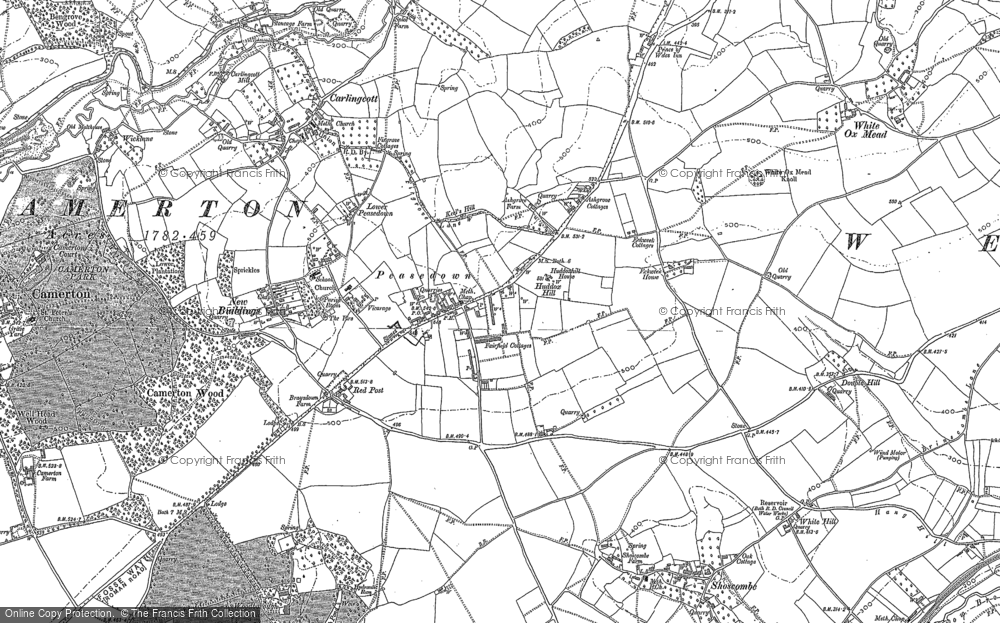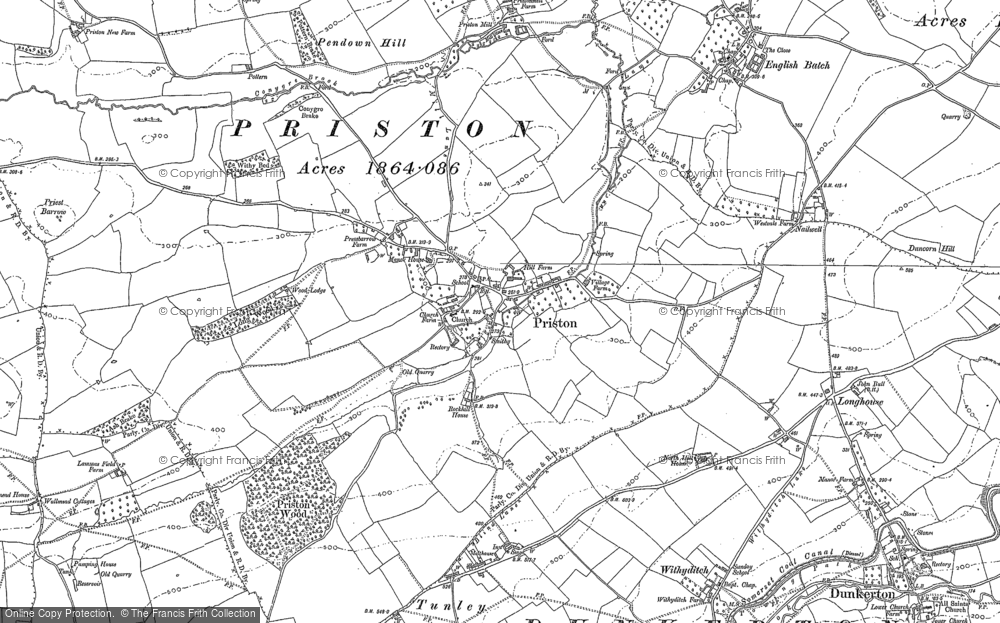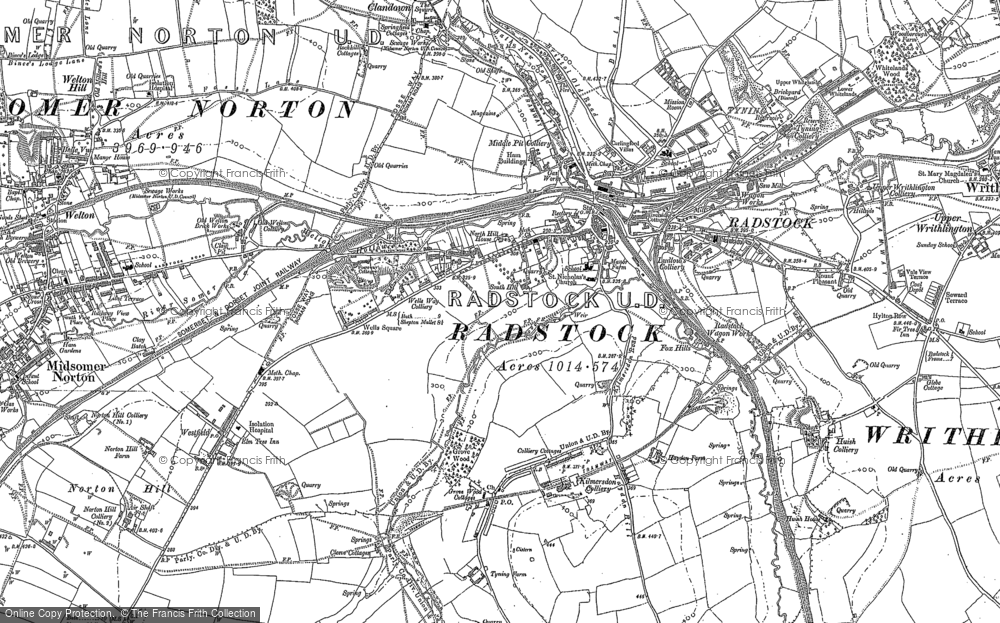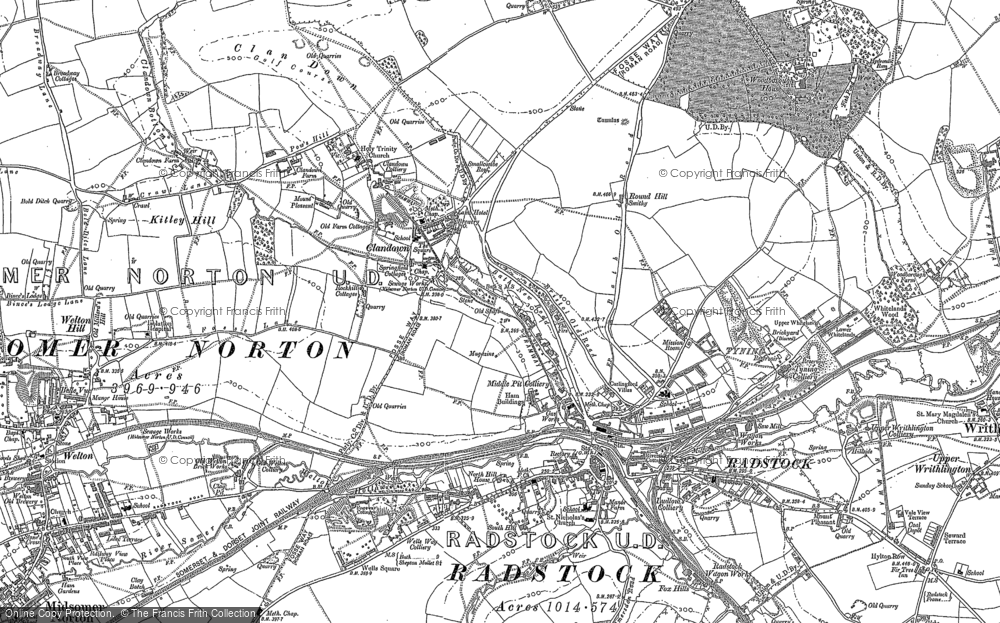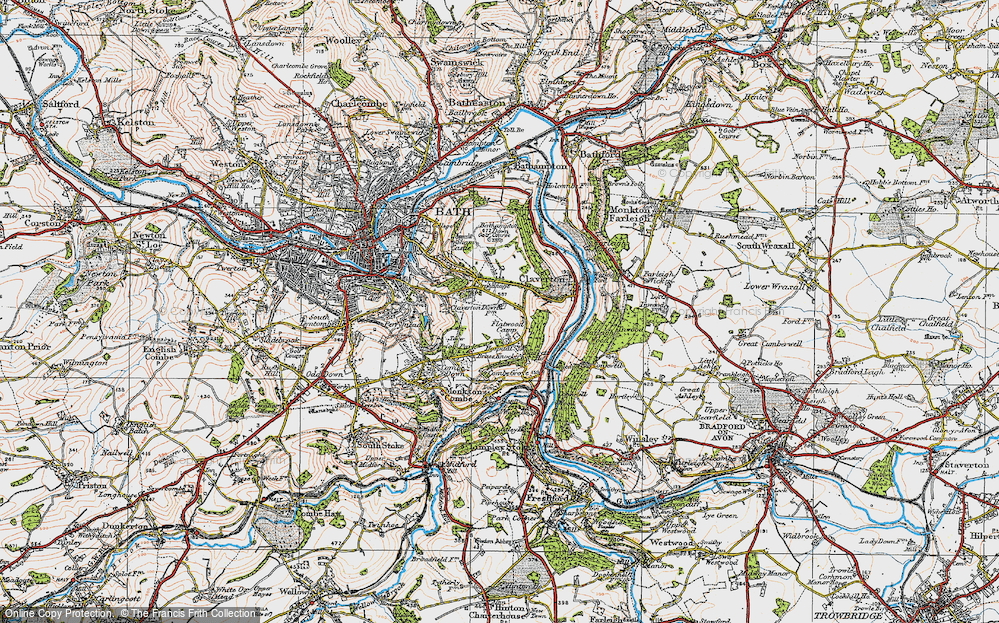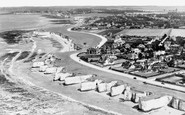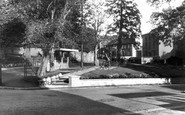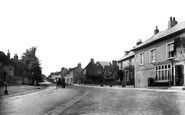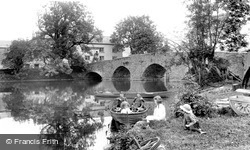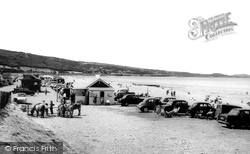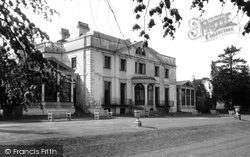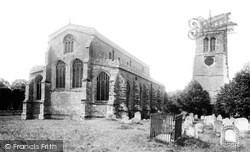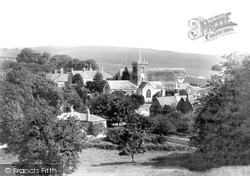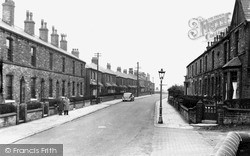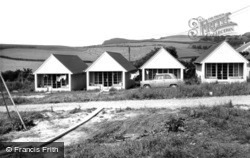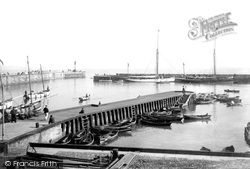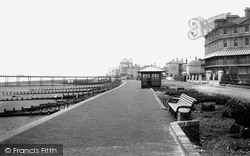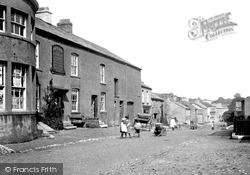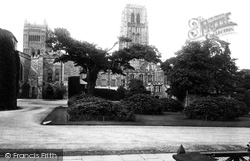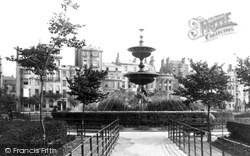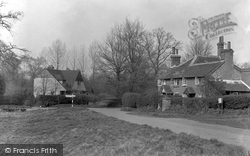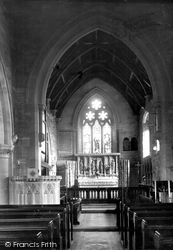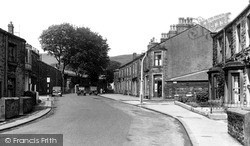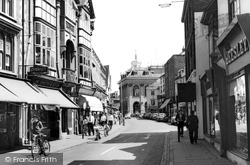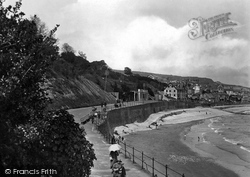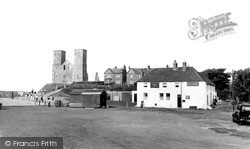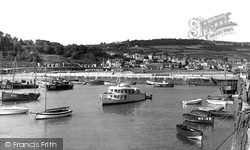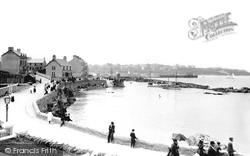Places
Sorry, no places were found that related to your search.
Photos
134 photos found. Showing results 641 to 134.
Maps
896 maps found.
Books
3 books found. Showing results 769 to 3.
Memories
540 memories found. Showing results 321 to 330.
Birchington & Minnis Bay
I was partly raised in Birchington during the 1950's, my Nan & Grandad and Aunts & Uncles also lived there, I would spend all my summer holidays there at my Nan's house in Park Avenue ...happy days, I still think ...Read more
A memory of Birchington in 1950
Completely Changed!!
My father took my mother and I on holiday to Woolacombe every year in the 1950's. At that time, in the height of the Summer months we would be the only family on the main beach (as well as the Barracane Beach where we ...Read more
A memory of Woolacombe in 1950 by
Memories Of St Peters And Broadstairs
I was born at 19 Church St, St Peters, where my grandfather owned the butchers shop. My first memory is of playing on the lino floor just inside the front door. My father, who served in the RAF during the ...Read more
A memory of Broadstairs in 1950 by
Lost Village Of East Holywell
I was born in East Holywell in 1946 and lived at 24 North Row. By then there were only 2 rows of houses left. We lived with my grandmother, Eva Barnfather, who had been there since the turn of the century. Like ...Read more
A memory of East Holywell in 1950 by
The Halcyon 1950's
I lived with my family in Connaught Gardens from being born in 1949 to late 1960 when we moved to Shiremoor. At the end of our street was an overgrown, rubble strewn wasteland which we called 'The Croft'. A natural childrens ...Read more
A memory of Forest Hall in 1950 by
Re Howes And Son Butchers.
I have many, many happy memories of the 1950s, my dad was your grandmother's brother? Reg Allen. I have memories of your granddad Joe and Ethel and the shop, they were always busy on a Saturday afternoon so I would ...Read more
A memory of Shirehampton in 1950 by
My Time In Godstone
I was baptised at St Nicholas church, we were then living at the Homestead vicarage. After a short time living in Sussex we moved back and lived in 13 Salisbury Road. I went to the school riding on my bike. We played by ...Read more
A memory of Bletchingley in 1950 by
Happy Childhood 1950 Onwards
I lived in Hillbrow Cottages on the Eastbourne Road from 1950 to 1970s. My father, George Mison, worked in the sand quarry in Bletchingley and mum, Elsie, was a housewife. There are only 12 cottages at Hillbrow and ...Read more
A memory of Godstone in 1950 by
My Childhood Memories Of Caswell Bay
I apparently spent my early years during WW1 in the Mumbles where my mother came from. She had moved to London before the war to find work and married a Londoner. Our holidays when I was a child (in the ...Read more
A memory of Caswell Bay in 1950 by
Joan Thomass Nee Vaughan Memories
My first memory was going to school from Pen-y-Ball and being tought by Mrs Daisy Jones, Eluned Jones, Mr Bellis (the headmaster) and Mr Yeomans who we all loved, and also attending Sunday School every Sunday was ...Read more
A memory of Brynford in 1950 by
Captions
870 captions found. Showing results 769 to 792.
The hotel stands on the north bank of the River Leven, by the bridge.
This scene has altered little since the picture was captured.
Formerly Garbrand Hall, this two-storied, five-bayed stuccoed house stands at the centre of the village, and was built on a Tudor site around 1775.
Long before John Bunyan was born in the village, the son of a brazier or tinker, Elstow was known for its Benedictine nunnery founded in about 1075.
Symondsbury is an intimate little village positioned between two rounded hills, and probably on the route of a medieval road linking Bridport and Axminster.
The stone-fronted houses match the shops with their sturdiness and `built to last` qualities.
The creators of Golden Acre Holiday Bungalows - as they are now called - proposed a relatively modest development of 18 such buildings.
This seaside resort and residential haven developed from the 1860s. Despite being continuous with Colwyn Bay, it preserves its own peaceful character.
The collection of moored open boats lying inside the jetty, and a few other small craft, make a strong contrast with the crowded waters inside an obviously busy harbour in the previous
Further east, the photographer looks west towards the pier along what was then known as Gloucester Parade, now The Esplanade.
The name of this historic village derives from the flatfish called 'flukes', caught off the shore in Morecombe Bay. There is a poster for cocoa in the window of the Co-op shop on the left.
The work of building the cathedral can be attributed to several distinct periods.
The Steine, originally marshy ground, became the focus of early Brighton development as houses were built for the fashionable visitors.
Farley Green is situated towards the south end of Albury parish, and its fields are carved out of the surrounding greensand woods.
The interior is much earlier than the exterior. The aisles have Perpendicular windows, but some extensive restoration has spoilt its earlier magnificence.
The body of the church is flint with Victorian detail, including a bleak Victorian window of 1847 on the south transept front.
A steep road from Sabden leads to the well-known pass of Nick o' Pendle.
We are now further west in The Narrow, as this part of High Street was called. Woolworths, on the site of the Lion Inn, can just be seen beyond the third shop blind.
This is a detail of the chalet zone which sprang up behind the 1897-built Esplanade (right), between the waterworks and the Salt House on Pitfield Marsh (left).
Here we see landslipped Langmoor Gardens (left) before the building of retaining walls and amusement arcades.
Reculver is a popular little seaside town on the coast between the Thanet resorts and Herne Bay. There was once a Roman Saxon Shore Fort here.
Across the inner basin from the quay (right) beside the Cobb Warehouses is the 17th-century North Wall (centre), which protects the harbour from easterly gales.
The central bay was destroyed at some time and has been rebuilt. The nearer range has been dendrodated to 1447-48, and the further to 1533-34.
Brighton made the seaside fashionable for the upper crust, and its wider popularity was settled when the railway made the connection in 1841.
Places (0)
Photos (134)
Memories (540)
Books (3)
Maps (896)


